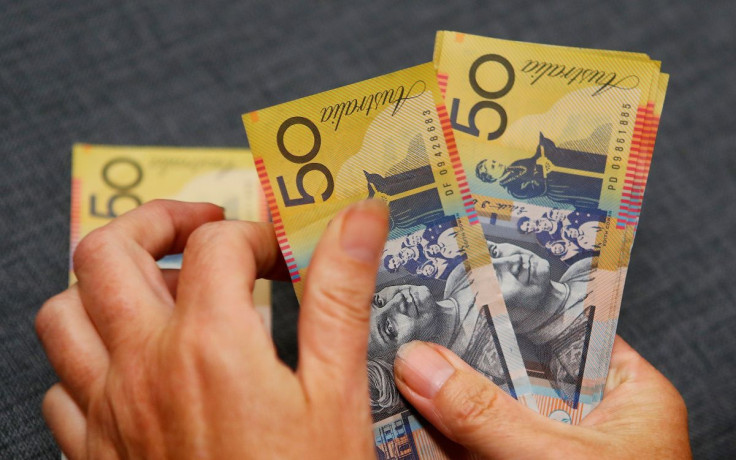Dollar Hits 2-decade High Vs Yen, Pound Near 3-week Low

The U.S. dollar rose to a two-week high as rising U.S. Treasury yields supported the greenback, pushing the Japanese yen to its lowest level against the dollar in two decades.
The yen dropped to a 20-year low of 133 per dollar, levels that had previously been highlighted as intervention territory, a day after central bank governor Haruhiko Kuroda reiterated an unwavering commitment to "powerful" monetary stimulus.
The yen is sensitive to interest rate differentials between Japanese debt and U.S. bonds.
Benchmark 10-year Treasury yields had climbed as high as 3.064% in Tokyo trading for the first time in almost four weeks, before slipping back to 3.0307%. Spreads between 10-year U.S. and Japanese debt held at 278 bps, not far from a 3-1/2 year high of 292 bps hit last month.
"With 10-year US treasury yields above 3% and oil at $125 per barrel, the pressure has increased on the yen," said Kristoffer Kjaer Lomholt, Chief Analyst, FX & rates research at Danske Bank, who doesn't see the Bank of Japan stepping in to ease the pressure on the currency.
"We expect no relief from the Bank of Japan, which continues to view a weak JPY as mainly positive for the economy," he said.
The dollar index, which measures the dollar against a basket of six currencies including the yen, rose as much as 0.39%, extending on Monday's 0.26% advance and hitting its strongest level since May 23.
The euro slipped 0.12% to $1.06825 ahead of the European Central Bank's policy-setting meeting on Thursday, where they are expected to announce an end to bond purchases, paving the way for a first rate increase in 11 years at the July meeting.
The British pound fell to its lowest level in nearly three weeks at $1.2433 as political headwinds for British Prime Minister Johnson unnerved investors.
Johnson survived a confidence vote 211 to 148, but his 59% share of the vote was less than the 63% achieved by his predecessor Theresa May in her confidence vote of December 2018 who was replaced seven months later.
The Australian dollar gained as much as 0.76% immediately after the Reserve Bank of Australia hiked rates by more than expected, but quickly shed gains to trade 0.2% lower.
Analysts at ING highlighted China's economic outlook and the link between the aussie and short-term rate differentials for the reversal.
"In our view, this is another testament to how short-term rate differentials have de-linked from AUD/USD dynamics and how markets are still reluctant to turn less bearish on AUD given its exposure to China's clouded demand outlook," ING analysts said in an emailed note.
New Zealand's dollar fell 0.57% to $0.6456.
China's yuan eased from a one-month high against the dollar, pressured by broad strength in the greenback, while some investors gauged the pace of economic recovery after Shanghai lifted its COVID-19 lockdown.
Cryptocurrency bitcoin sank 5.8% to $29,527, erasing Monday's 4.89% advance and leaving it languishing well below the psychological $30,000 mark as risk sentiment weakened amid declines in most global stock markets on Tuesday.
© Copyright Thomson Reuters 2024. All rights reserved.







